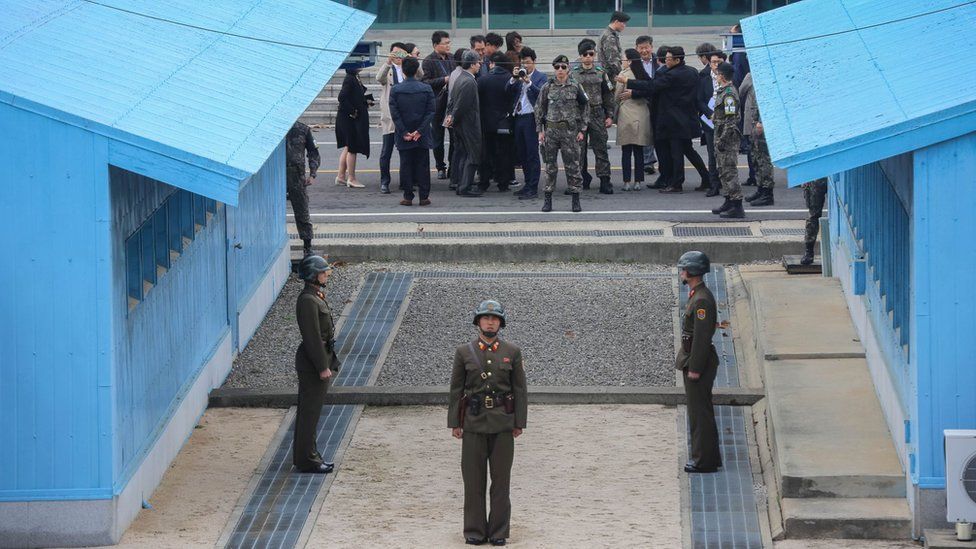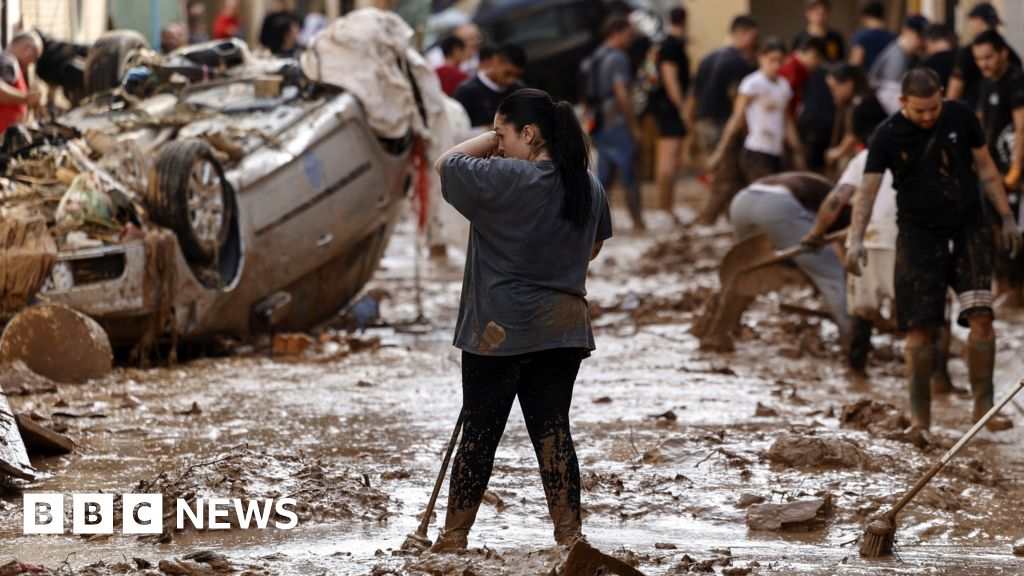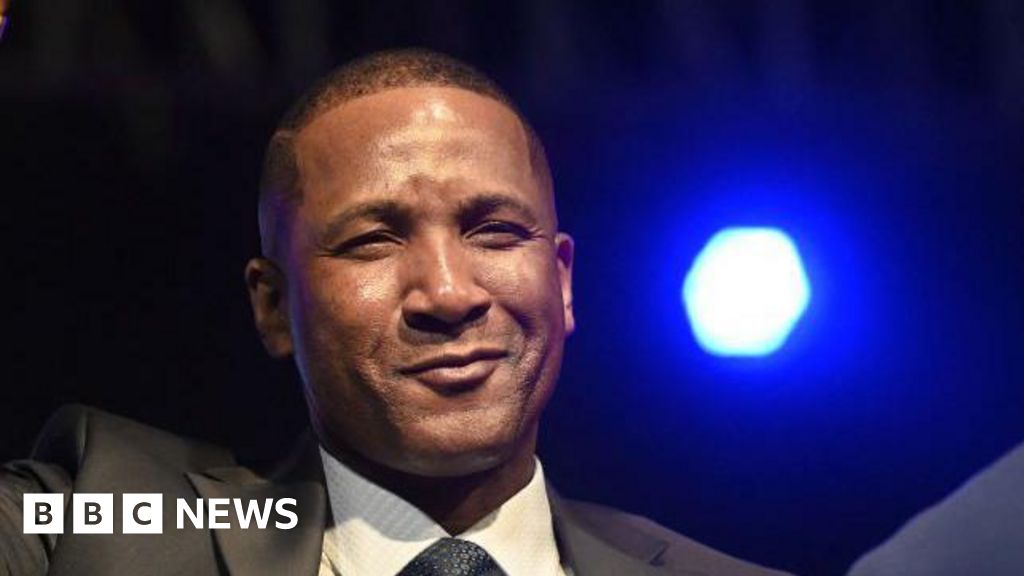ARTICLE AD BOX
 Image source, Young Pioneer Tours
Image source, Young Pioneer Tours
The DMZ is much quieter since the Covid pandemic
It is one of the world's most heavily fortified areas, a no-man's land that stands as a remnant of the Cold War. It was also a tourist magnet before the Covid pandemic.
From Gyeonggi-do in the west to Gangwon-do in the east, the 160-mile (258km) long Demilitarised Zone (DMZ) divides the Korean Peninsula in two.
And in the truce village of Panmunjom, where a concrete slab signifies that split, tour groups used to flock daily. They still come but now in smaller groups.
On Tuesday, Private 2nd Class Travis King, an American serviceman due to be sent home for disciplinary reasons, joined one tour group in the South and crossed over the DMZ into the North.
It remains unclear if the man defected or hopes to return, but the US military has confirmed he crossed over "wilfully and without authorisation", adding he was probably detained.
"When you're on that tour, you realise that it's just a couple of inches, a little border, and that you can easily step into North Korea the way President Trump did in 2019," said Jean H Lee, a former Korean bureau chief for the Associated Press, who has entered the DMZ dozens of times from both Koreas.
"And so, in some ways, if you've been there, you also recognise how tempting it is."
But the reality, she notes, is that DMZ tours operate on a very tight set of rules.
Visitors can take photos, but they must walk and stand where instructed to, and cannot wave or make other untoward gestures.
Image source, Jean H Lee
Image caption,Jean H Lee sits in a bunker on the South Korean side of the DMZ
They can legally step across the DMZ's demarcation line, but only when inside the blue-roofed Military Armistice Commission huts, where the 1953 ceasefire was negotiated.
Before the pandemic, tours took place under tight military scrutiny, with South Korean soldiers in a taekwondo stance - legs wide, arms at the ready - and North Korean troops keeping a watchful eye, as well as the United Nations Command (UNC) actively patrolling the area.
Nowadays the North is no longer visible at the border and as a result the South no longer mounts patrols, so there are no soldiers visible on either side. Tours today are accompanied by the UNC.
Pte King's actions come barely one week out from the 70-year anniversary of the armistice that brought an end to the fighting in the 1950-53 conflict, if not a formal end to the war.
Being at the DMZ "makes you realise that even though North Korea is so far away from us psychologically, economically, politically, ideologically... physically they're right there", said Ms Lee, a Korean American from Minneapolis.
"It's a very moving experience."
That sense of the surreal has stuck with Rowan Beard, an Australian who has led tour groups to the site since 2008 on behalf of Young Pioneer Tours (YPT).
The travel company bills itself as the "number one DPRK travel agency", and handled more than 1,000 annual customers in pre-pandemic years.
YPT claims to offer the largest selection of North Korean tour programmes of any company, and most of its requests are to visit the DMZ and the North Korean capital Pyongyang.
Image source, Young Pioneer Tours
Image caption,Rowan Beard's tours include a photo with a North Korean soldier
"Most tourists feel, if they don't visit the DMZ, their trip to North Korea is not complete," said Mr Beard.
Day trips from the North begin in Pyongyang, a two-and-a-half-hour drive from the DMZ-adjacent city of Kaesong. From the South they start in Seoul, less than an hour away.
Tourists visit the Joint Security Area (JSA), learn about the area and its history through briefings and artefacts, and can view either side from various observation points. Some tours also include entry to the infiltration tunnels once dug by the North Koreans.
Mark Edward Harris has seen the two Koreas from both entry points several times in his career as a travel and documentary photographer,
"For most people, almost everybody in fact, their only glimpse into this very reclusive country is from points along the DMZ," he said.
"To anybody interested in history, it's the ultimate tourism spot in a sense."
Still, "things do happen" at the DMZ, said Mr Harris, mentioning a 1976 axe murder incident at Panmunjom, when South Koreans and Americans trimming a poplar tree at the JSA were attacked by North Korean guards.
The incident resulted in the brutal slaying of two US soldiers and drove up tensions.
Image source, Getty Images
Image caption,Mark Edward Harris photographed an axe from the 1976 incident that left two US soldiers dead in Panmunjom
To Mr Harris, the DMZ represents the "propaganda war" that rages on between North and South.
"Both sides actually do a pretty good job of telling their sides of this complex story," Mr Harris says. "The biggest difference is, when you come from the North, you feel like the war is still going on. When you come from the South, you feel like you're glimpsing a bit of ancient history."

 1 year ago
72
1 year ago
72








 English (US)
English (US)